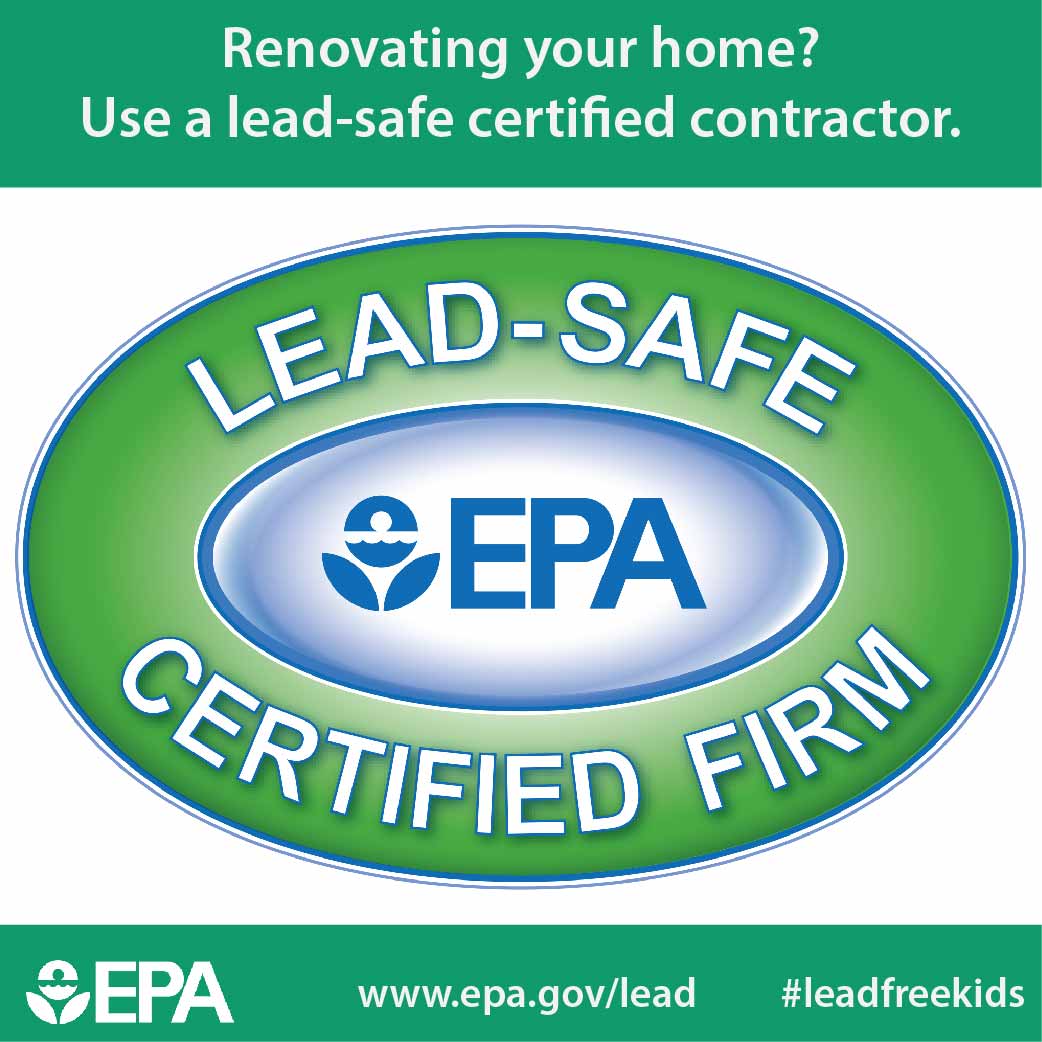Recognizing Seasonal Influences On Commercial Outside Painting: Vital Knowledge For Success
Recognizing Seasonal Influences On Commercial Outside Painting: Vital Knowledge For Success
Blog Article
Article Written By-Carlson Rodriquez
When you're preparing a business exterior paint job, seasonal factors can make or damage your results. You'll intend to take into consideration exactly how temperature and humidity effect paint application and drying out times. Selecting the appropriate season can ensure your paint sticks appropriately and lasts much longer. But which periods are absolutely the most effective for this kind of work? Let' commercial business painter out the key elements that can impact your project's success.
The Effect of Temperature on Paint Application
When you're intending a commercial outside paint task, the temperature level can significantly influence how well the paint sticks and dries out.
Preferably, mouse click the up coming post intend to repaint when temperatures vary in between 50 ° F and 85 ° F. If it's as well chilly, the paint may not heal effectively, causing problems like peeling off or splitting.
On the flip side, if it's too warm, the paint can dry as well swiftly, avoiding correct attachment and causing an unequal finish.
You need to also take into consideration the moment of day; early morning or late afternoon supplies cooler temperature levels, which can be more positive.
Constantly examine the producer's referrals for the certain paint you're utilizing, as they typically provide assistance on the optimal temperature range for optimal outcomes.
Humidity and Its Result on Drying Times
Temperature isn't the only ecological aspect that influences your commercial exterior painting job; humidity plays a considerable role also. High moisture degrees can decrease drying times substantially, affecting the total high quality of your paint job.
When the air is saturated with wetness, the paint takes longer to cure, which can result in issues like inadequate bond and a greater risk of mold growth. If you're repainting on a specifically humid day, be prepared for extended wait times in between coats.
It's essential to monitor regional weather and plan accordingly. Preferably, go for humidity levels in between 40% and 70% for optimum drying.
Maintaining these consider mind guarantees your task stays on track and delivers a lasting coating.
Best Seasons for Commercial Exterior Paint Projects
What's the most effective time of year for your business external painting tasks?
Spring and early loss are usually your best options. Throughout these seasons, temperature levels are light, and moisture levels are commonly reduced, developing ideal conditions for paint application and drying out.
Prevent summer season's intense heat, which can cause paint to completely dry too swiftly, leading to bad attachment and coating. Similarly, winter months's cool temperatures can hinder proper drying out and curing, running the risk of the durability of your paint task.
Go for days with temperature levels between 50 ° F and 85 ° F for optimum outcomes. Remember to check the regional weather prediction for rainfall, as wet conditions can ruin your job.
Preparation around these factors guarantees your painting project runs smoothly and lasts longer.
Conclusion
In conclusion, intending your commercial external paint tasks around seasonal factors to consider can make a substantial difference in the end result. By organizing work during the ideal temperatures and humidity levels, you'll guarantee better bond and drying times. Keep in mind to keep an eye on local weather forecasts and pick the right time of year-- spring and very early loss are your best bets. Taking these steps will aid you attain a resilient and professional finish that lasts.
